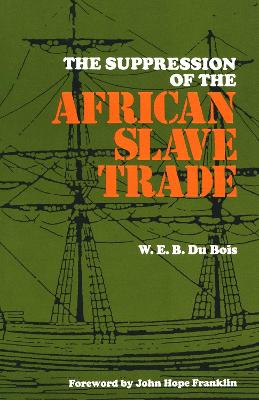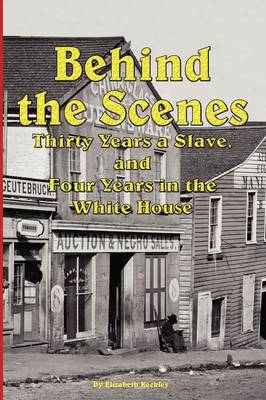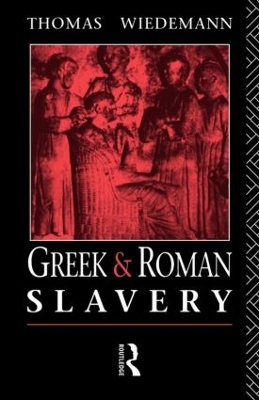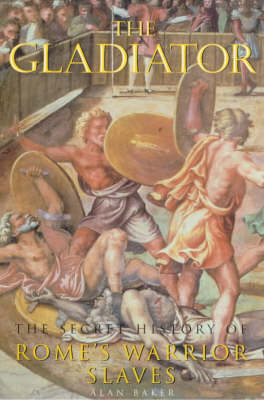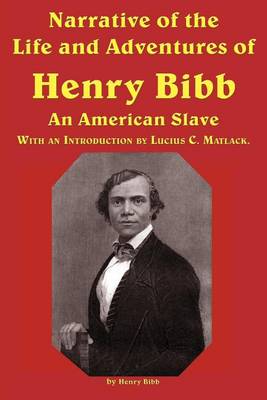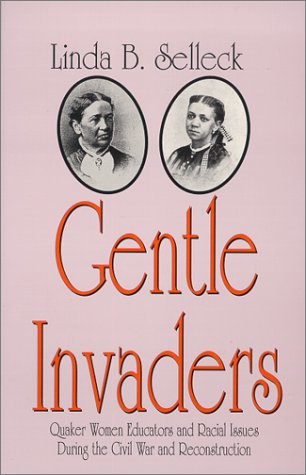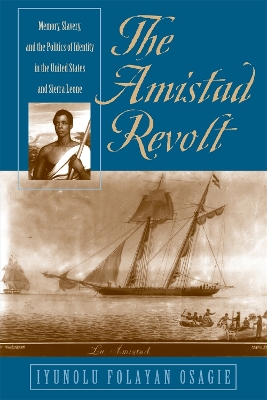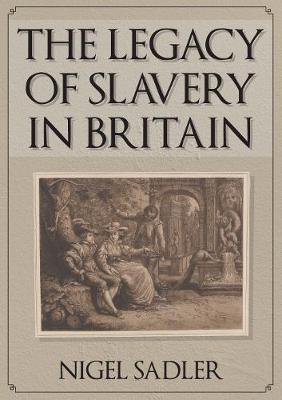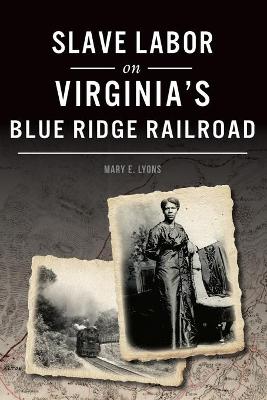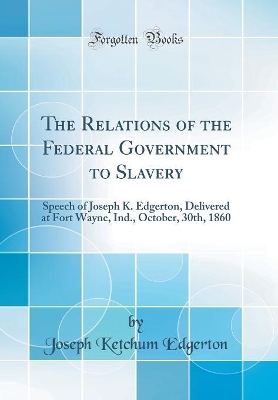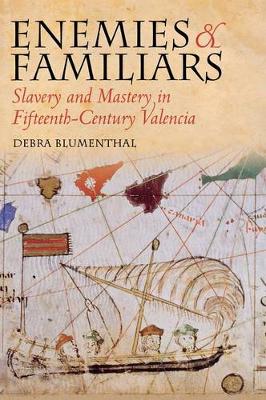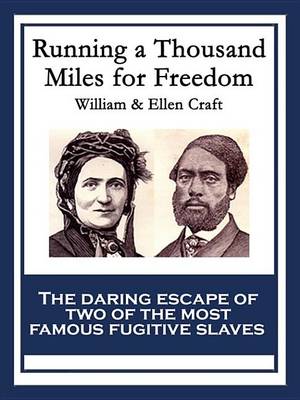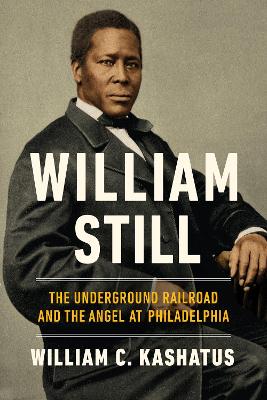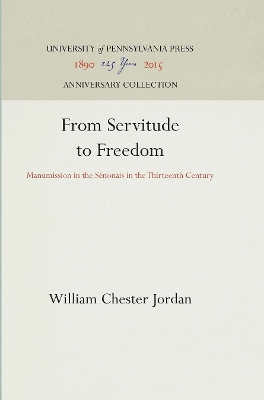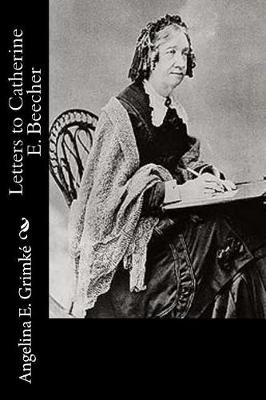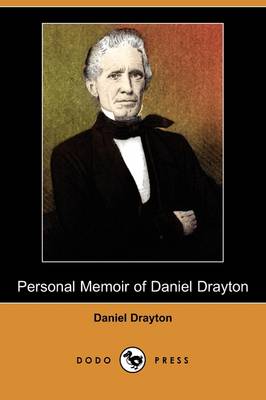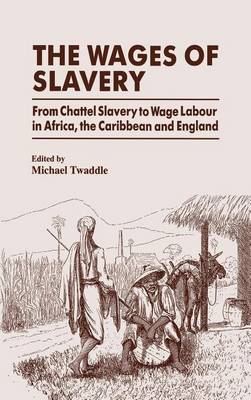The Suppression of the Africian Slave Trade, 1638-1870
First published in 1896, The Suppression of the African Slave Trade remains the standard work on the efforts made in the United States, from 1638 to 1870, to limit and suppress the trade in slaves between Africa and America. In the foreword to this new edition, John Hope Franklin, James B. Duke Professor of History Emeritus, and professor of legal history at Duke University, explains the attitude toward slavery at the time Du Bois wrote his book, gives a brief background of Du Bois's growth as a...
Behind the Scenes - Thirty Years a Slave, and Four Years in the White
by Elizabeth Keckley
Greek and Roman Slavery (Routledge Sourcebooks for the Ancient World)
by Thomas Wiedemann
Greek and Roman Slavery brings together fresh English translations of 243 texts and inscriptions on slavery from fifth and fourth century Greece and Rome. The material is arranged thematically, offering the reader a comprehensive review of the idea and practice of slavery in ancient civilization. In addition, a thorough bibliography for each chapter, as well as an extensive index, make this a valuable source for scholars and students.
Alan Baker weaves an extraordinary, vivid picture of Roman life as his compelling and evocative history tells the story of Rome's most notable gladiators. They were condemned and feared by emperors, slaughtered and adored by the masses and worshipped by their female fans, yet their lives were invariably violently short. Whether their enemy was a starved tiger or a battle-hardened criminal, their numbered days were dark and bloody. Yet men gave up their wealth and freedom to become gladiators and...
Narrative of the Life and Adventures of Henry Bibb, an American Slave
by Henry Bibb
This study evaluates the relationship between popular art forms, the Amistad Revolt of 1839 and cultural movements, asserting that the Amistad case created a major shift in northern US attitudes toward slavery and played a key role in the construction of national identity in Sierra Leone.
Slavery was illegal in Britain, but the transatlantic slave trade left a physical mark on the UK. There are monuments to philanthropists who made their wealth through slavery, there were houses built from the profits made from slavery, and enslaved labour was used to produce items such as sugar and cotton. Many city landscapes bear the names of those involved or who profited. This book will tell the story of the legacy of the transatlantic slave trade on Britain. Author Nigel Sadler challenges...
Documents Illustrative of the History of the Slave Trade to America
by William T. Ross
Peace and Union Recommended to the Associated Bodies of Republicans and Anti-Republicans
by William Frend
The Relations of the Federal Government to Slavery
by Joseph Ketchum Edgerton
Enemies and Familiars (Conjunctions of Religion and Power in the Medieval Past)
by Debra Blumenthal
A prominent Mediterranean port located near Islamic territories, the city of Valencia in the late fifteenth century boasted a slave population of pronounced religious and ethnic diversity: captive Moors and penally enslaved Mudejars, Greeks, Tartars, Russians, Circassians, and a growing population of black Africans. By the end of the fifteenth century, black Africans comprised as much as 40 percent of the slave population of Valencia. Whereas previous historians of medieval slavery have focused...
In 1848 William and Ellen Craft made one of the most daring and remarkable escapes in the history of slavery in America. With fair-skinned Ellen in the guise of a white male planter and William posing as her servant, the Crafts traveled by rail and ship--in plain sight and relative luxury--from bondage in Macon, Georgia, to freedom first in Philadelphia, then Boston, and ultimately England. This edition of their thrilling story is newly typeset from the original 1860 text. Eleven annotated sup...
The first full-length biography of William Still, one of the most important leaders of the Underground Railroad. William Still: The Underground Railroad and the Angel at Philadelphia is the first major biography of the free black abolitionist William Still, who coordinated the Eastern Line of the Underground Railroad and was a pillar of the Railroad as a whole. Based in Philadelphia, Still built a reputation as a courageous leader, writer, philanthropist, and guide for fugitive slaves. This monu...
Manumission--the freeing of serfs--was of major significance to medieval French society. William Chester Jordan studies the causes and consequences of the movement.
Wages of Slavery, The: From Chattel Slavery to Wage Labour in Africa, the Caribbean and England
This book is intended for Prizes won etc.
